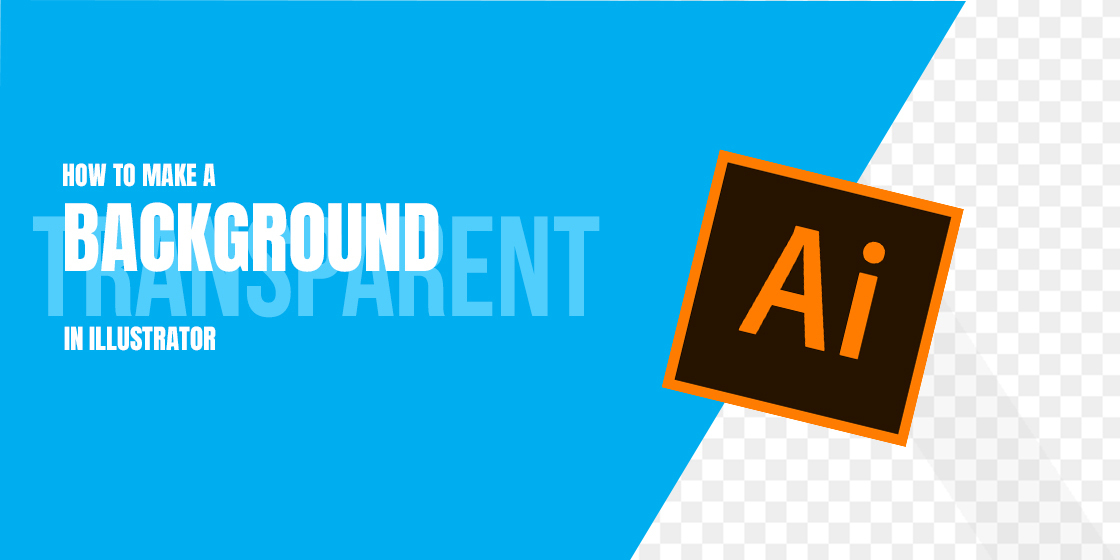
If the stroke had been set toįollow the outer edge, this second punch wouldn’t be necessary. Star, which half of the original stroke covered. Stroke needs to punch out two objects-the rectangle and a thin outline of the Out of the rectangle with the Minus Front command. That is filled and contains no stroke, it could now be used to punch the shape Since the green stroke that was around the star is now an independent object This grouped object is selected, head to Object ‣ Ungroup. The two objects created by the Outline Stroke command (the blue-filled starĪnd the green outline) will be grouped and must be ungrouped to continue. Half overlaps the object’s fill and half is outside of the object’s fill. This line represents the outer boundary of the star’s blue fill, and itĭepicts what I described earlier about a stroke being applied as center, where You’ll seeĪ thin blue line that follows the stroke right in the middle of the stroke’s Neither of these objects will have a stroke of its own any more.Įnlarge the above image and look closely at the star’s green stroke. Object had a filled color, it will remain as-is, minus the original stroke. After using this command, the object’s stroke will becomeĪ new filled object in the same shape as the original stroke. This simple function is whatĮluded me for so long. The Object ‣ Path ‣ Outline Stroke command. (The color of the stroke makes no difference.) Then, use First, select the blue star which, at this point, has a Yes, it’s that simple, and it took me 10+ years to realize it. Solution is to convert the stroke into a filled object with no stroke, which Instead of findingĪ way to use the Minus Front command on a stroke, which cannot be done, the It turns out that I was thinking about the problem backwards. Punch the shape of a stroke instead of (or in addition to) the filled object. Logo has given me grief for so many years, because I didn’t know of any way to Problem with Minus Front, as I’ve said, is that it only works with an object’sįilled area, completely ignoring the stroke.

Simple-it punches the shape of an upper object out of an underlying object. It’s called Minus Front, and its function is Shapes when they are on a white background, what happens if the background isn’tīetter, but the stroke mask is still visible.Īlthough it’s not as bad as when the shadow was applied, the stroke is stillĪs I explained at the beginning of this tutorial, Illustrator has a command While simply adding a white stroke, as seen above, works perfectly fine for my Preference for the appearance of an object’s fill when a center stroke is Some instances where overlapping the stroke was intentional, such as a That a designer has changed it to follow the outer edge. The first option is the default way a stroke is applied, I’m not going to assume I’m going to leave the stroke set to follow center for two reasons. Portion of the object appear smaller because the stroke is either partially orĬompletely overlapping the outer edge of the object. The first two will always make the filled


The center of the stroke can follow the edge, which means half of.

I need to point out here that when a stroke is applied to an object, there is aĬhoice of how that stroke follows the outline of the object: Will show up if I use a different color background. But after more than aĭecade of battling this scenario, I’ve at last discovered the solution.īefore demonstrating with my office’s logo, I’ll share the technique with a much Strokes (an object’s outline) are ignored. However, this only works for the filled-in portion ofĪn object. Object is on top of another, the command can punch the shape of the upper object Logo on top of a solid-color shape, but that workaround is out the window if theĪdobe Illustrator has a command that normally would solve this problem. Yes, I can make the stroke a different color if I place the Was designed, administrators had only given thought to printing it on white This would be fine if the logo were only used on top of white. The stroke outline covers over the horizontal lines, hiding The palm trees in order to have the horizontal lines stop short and not visibly The designer created a thick white stroke around What you see in the image above is what happens when the logo is placed on top The graphic portion of my employer’s logo.


 0 kommentar(er)
0 kommentar(er)
